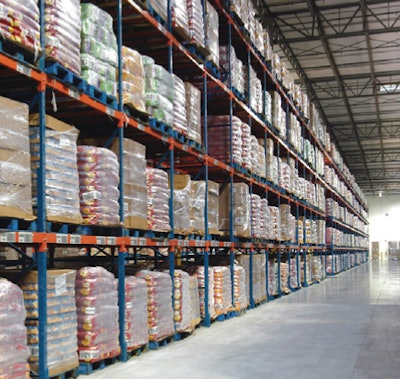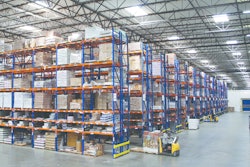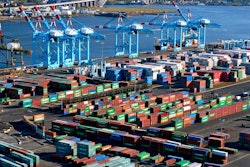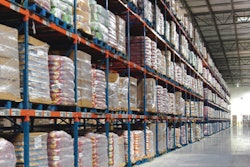
The industrial market, fueled by the rapid growth of e-commerce, has been the juggernaut of U.S. commercial real estate in recent years. While that momentum eventually will wane, it isn’t expected to do so this year, according to CBRE Group Inc.’s 2017 forecast for U.S. commercial real estate.
Overall, CBRE’s outlook for the U.S. economy in 2017 is “mildly optimistic,” tempered by uncertainty about the ultimate extent and nature of the new presidential administration’s policies. However, among CBRE’s more definitive conclusions is that both cyclical and structural factors should provide sustained momentum for the industrial market this year.
CBRE foresees the average U.S. industrial rent, which was on track to set a new all-time high by the end of 2016, increasing by roughly 5 percent in 2017. The company also expects net demand for new industrial space to continue to outpace the slow, but steady increase in new construction, which it has each year since 2010.
The market’s primary engine remains e-commerce. Market research firm Forrester predicts that U.S. online sales will increase by 9.3 percent annually over the next five years to $523 billion.
At that rate, CBRE calculates that e-commerce will generate roughly 40 million square feet of new demand for U.S. industrial space each year through 2020, based on the industry rule of thumb that each $1 billion of new online sales volume creates demand for another 1 million square feet of warehouse and distribution space, depending on inventory attributes and level of automation. In context, net demand from all industrial users in 2016 is estimated to total 250 million square feet once final numbers are tallied.
“E-commerce users typically need two to three times as much space as a traditional industrial occupiers due to e-commerce’s use of more labor and automation,” said Adam Mullen, CBRE’s senior managing director of industrial and logistics in the Americas. “Thus, as e-commerce growth continues unabated, industrial-market conditions will remain favorable throughout 2017.”
Once the industrial market taps the brakes a bit, it appears likely to settle into a new baseline.
“The industrial market of this cycle has exceeded all historical precedent for its growth,” said David Egan, CBRE’s head of industrial and logistics research, the Americas. “The reason is that e-commerce has created a sustainable, structural shift in the market. While the market eventually will lose momentum, it will then settle into a new normal rather than retreating to levels predating the spread of e-commerce.”















